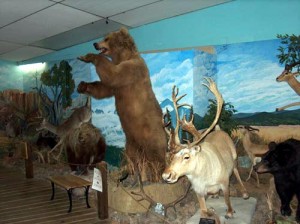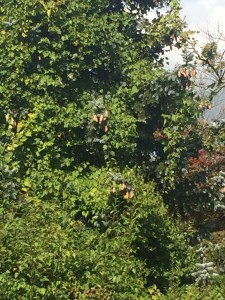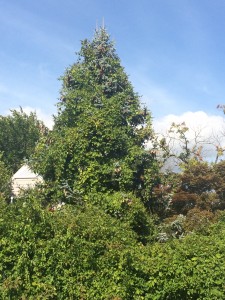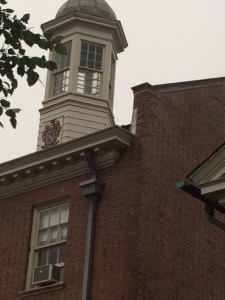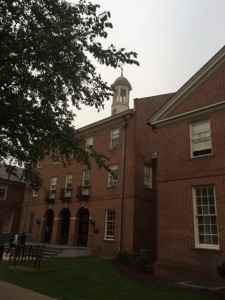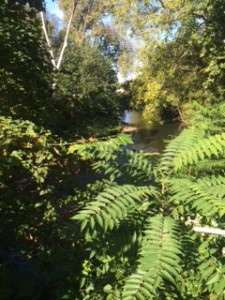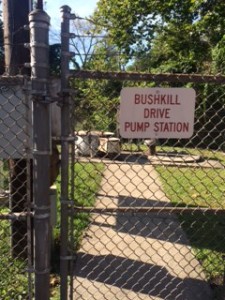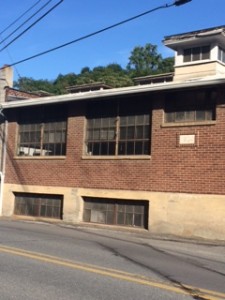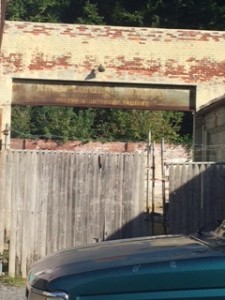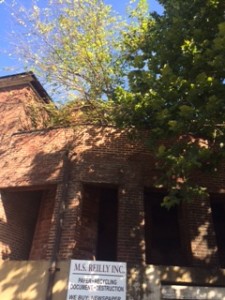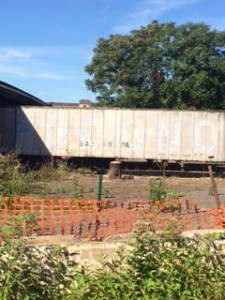For months I had a trip planned for fall break. I was suppose to head down to Columbia, South Carolina to visit a friend from home and to get a real SEC football experience. However, Mother Nature had a different plan for me as historic floods ripped through Columbia. As a result of this rain storm, a dam breached in the city and flooded out many residents. With law enforcement stretched thin and limited running water, my SEC experience slipped from my fingers as the game was moved from Williams-Brice Stadium to Baton-Rouge, LA. Seems kind of ironic being that Hurricane Katrina ripped through Louisiana exactly 10 years ago?
I spent the week trying to figure out if I should still make the trip since my friend’s apartment and most of downtown was left undamaged. As I researched the city’s damage I came across this article: http://www.washingtonpost.com/news/energy-environment/wp/2015/10/05/what-the-historic-south-carolina-floods-can-and-cant-tell-us-about-climate-change/.
This article discusses the affects climate change may have had on the South Carolina floods. One conclusion it draws is that this flood exceeded the NOAA predictions for Coumbia’s 1,000 year flood event and reminds us that this type of flooding is consistent with what we expect to see with a warming climate. Hurricane Joaquin even made the article as an example of how a warming Earth and ocean produces “weather on steroids”. Although we cannot claim that the S.C. floods were directly caused by climate change, we do know that extreme rain events will increase as a result of climate change.
The science behind this flood event is still premature but I have a feeling that with time we will be 98% sure climate change had something to do with this.
P.S. The Gamecocks lost. People may blame Coach Steve Spurrier on the loss but I think I can speak on behalf of many Gamecock fans when I say it is Joaquin’s fault.

